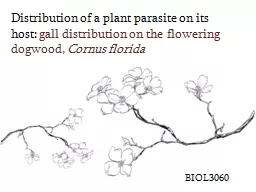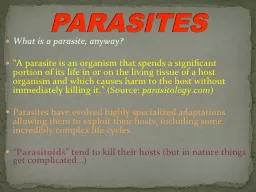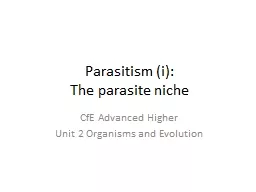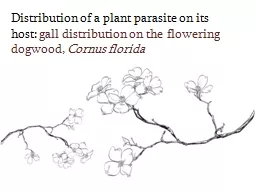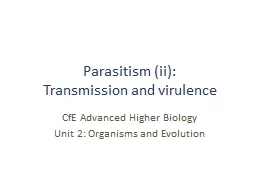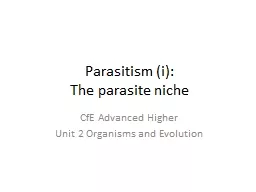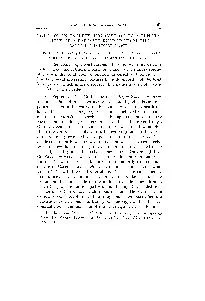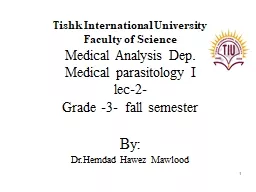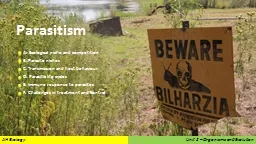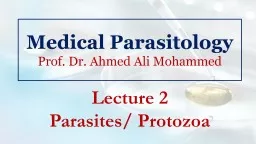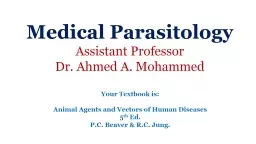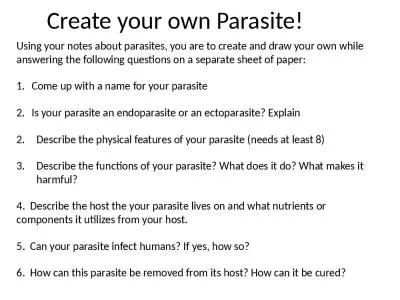PPT-Distribution of a plant parasite on its host:
Author : tawny-fly | Published Date : 2016-04-25
gall distribution on the flowering dogwood Cornus florida BIOL3060 Overview A Parasite Gall Midge Fly Resseliella clavula B Host Flowering dogwood Cornus
Presentation Embed Code
Download Presentation
Download Presentation The PPT/PDF document "Distribution of a plant parasite on its ..." is the property of its rightful owner. Permission is granted to download and print the materials on this website for personal, non-commercial use only, and to display it on your personal computer provided you do not modify the materials and that you retain all copyright notices contained in the materials. By downloading content from our website, you accept the terms of this agreement.
Distribution of a plant parasite on its host:: Transcript
Download Rules Of Document
"Distribution of a plant parasite on its host:"The content belongs to its owner. You may download and print it for personal use, without modification, and keep all copyright notices. By downloading, you agree to these terms.
Related Documents

